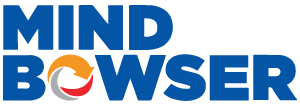Wearable technology has evolved beyond a trend—it’s now a vital component of how healthcare is delivered and experienced. From smartwatches tracking heart rate to biosensors monitoring glucose levels, wearable devices are helping patients stay connected to their health in real time. And behind every functional wearable is a well-built app.
Wearable App Development Solutions focuses on creating lightweight, responsive software designed for on-body use. These apps aren’t just scaled-down mobile versions—they’re purpose-built to work with specific sensors, support short interactions, and send data to the right people at the right time. Whether sending a medication reminder or sharing vitals with a care team, these apps directly affect patient outcomes.
This guide’ll explain everything you need to know about wearable app development in 2025. We’ll cover device types, real-world use cases, how to approach development, and the challenges that come with it. We’ll also demonstrate how Mindbowser enables healthcare teams to build secure, connected, compliant wearable experiences.
Wearable device app development is building software specifically designed to run on wearable hardware devices that users wear on their bodies to collect data, deliver insights, or assist with specific tasks. These apps often interact with built-in sensors and are designed for on-the-go use.
Unlike traditional mobile apps, wearable apps must be lightweight, intuitive, and optimized for tiny screens, limited processing power, and specific health or fitness data. They also rely heavily on real-time inputs and feedback, like tracking heart rate, sending medication alerts, or syncing motion data during a physical therapy session.
Here are some common types of wearable devices:
▪️Smartwatches (e.g., Apple Watch, Google Pixel Watch, Samsung Galaxy Watch)
▪️Fitness bands (e.g., Fitbit, Xiaomi, Garmin)
▪️Smart rings (e.g., Oura Ring for sleep tracking and recovery)
▪️Smart patches and biosensors (e.g., Dexcom, Abbott FreeStyle Libre)
▪️AR/VR headsets used in medical training or rehabilitation therapy
Each device brings unique opportunities—and challenges—for app development in healthcare, wellness, and beyond.
Related read: Choosing the Right Wearable App Development Company for Healthcare: A Complete 2025 Guide
Wearable mHealth apps are no longer just fitness companions. In 2025, they’ve become vital tools in modern healthcare and wellness delivery. The shift toward proactive, connected care has pushed both patients and providers to look for ways to stay informed in real time, and wearables meet that need perfectly.
Here’s why wearable apps matter now more than ever:
▪️Rising Demand for Real-Time Health Data
Patients want visibility into their health. From daily step counts to live ECG readings, wearables let users track, understand, and act on personal health metrics anytime.
▪️Focus on Preventive and Remote Care
Health systems are prioritizing prevention over treatment. Wearables play a major role in remote patient monitoring (RPM), helping detect early signs of illness or complications, especially for chronic diseases like diabetes or hypertension.
▪️Supporting Value-Based Healthcare Delivery
In value-based care models, outcomes matter more than volume. Wearables offer continuous data that clinicians can use to tailor treatment plans and measure improvements across patient populations.
▪️Enterprise Adoption Across Healthcare and MedTech
Hospitals, clinics, and MedTech companies are investing in wearable device platforms to power home care programs, automate data collection, support clinical trials, and deliver personalized care at scale.
As wearables evolve, so does their role—from tracking to informing, alerting, and even guiding healthcare decisions.
Related read: Wearable Integration in Healthcare: How It Transforms Patient Monitoring and Care?
Different healthcare needs call for different types of wearable devices. Each category offers specific capabilities, from basic step tracking to advanced biosignal monitoring. Here’s a breakdown of the most commonly used devices in wearable app development:
Fitness trackers are widely used for general wellness and physical activity monitoring. They capture essential data such as:
▪️Step counts
▪️Calorie burn estimates
▪️Goal completion and movement reminders
Popular Brands: Fitbit, Xiaomi Mi Band, Garmin Vivosmart
Fitness trackers are often the starting point for users interested in improving their health habits, and many of these devices can now sync with health records or employer wellness platforms.
Smartwatches go beyond fitness tracking by offering more complex features and a richer app environment. Key capabilities include:
▪️ECG monitoring
▪️Blood oxygen saturation (SpO₂) readings
▪️Notifications, reminders, and quick-response communication
Popular Models: Apple Watch, Samsung Galaxy Watch, Google Pixel Watch
In healthcare, smartwatches are increasingly used for remote monitoring, medication alerts, and post-surgical activity tracking.
These devices offer continuous, clinical-grade monitoring and are often used in chronic care or diagnostics.
▪️Wearable ECG patches for cardiac health
▪️Continuous glucose monitors (CGMs) like Dexcom and Abbott FreeStyle Libre
▪️Temperature and respiration monitors for infection control or post-operative care
These biosensors often integrate directly with EHRs or RPM dashboards, making them a crucial part of modern care delivery.
This category supports more specialized applications, often in clinical settings.
▪️Haptic suits and smart fabrics for motion capture and rehabilitation feedback
▪️AR/VR headsets used in surgical simulations, mental health therapy, and physical rehab
Use cases include guided rehab sessions, immersive mental health programs, and physical therapy gamification for increased adherence.
Related read: The Rise of Wearable Technology in Healthcare: What Startups and Providers Should Know Before Building
Wearable device apps transform how care is delivered, monitored, and managed. Below are the most impactful healthcare use cases where wearable technology is making a measurable difference.
Wearables enable providers to track patient health continuously—without needing an in-person visit.
▪️Monitor vital signs like heart rate, blood pressure, and oxygen saturation
▪️Set thresholds for abnormal readings to trigger real-time alerts
▪️Sync data with provider dashboards or care coordination portals
RPM apps are especially valuable for post-surgery monitoring, cardiac care, and high-risk patients who need frequent check-ins.
Conditions like diabetes, hypertension, and COPD benefit significantly from wearable-based tracking.
▪️Devices like Dexcom’s CGM deliver real-time glucose readings
▪️Apps analyze trends and send reminders for medication or meals
▪️Data helps patients and clinicians improve adherence and outcomes
These tools turn passive tracking into an active part of chronic disease management.
Recovery after surgery or injury often depends on movement and consistency—areas where wearables can provide clear guidance.
▪️Motion sensors in wearables help track range of motion and activity levels
▪️Smart therapy bands and straps provide feedback for guided rehabilitation
▪️Progress is logged and shared with therapists for remote supervision
This leads to faster recovery, fewer readmissions, and higher patient engagement.
Related read: The Role of Technology in Home Health Rehabilitation
Seniors living independently can benefit from passive monitoring through wearables.
▪️Step tracking and inactivity alerts help spot mobility issues
▪️Heart rate and glucose data are continuously monitored
▪️Wearable apps remind users about medications and hydration
▪️Family or caregiver apps receive real-time updates
These elderly care tools help extend independent living while keeping safety in check.
Related read: Elderly Care Technology in Home Health Care: Key Trends Shaping 2025
Mental health apps are increasingly leveraging data from wearables to spot early signs of burnout, anxiety, or sleep disorders.
▪️Track sleep quality, heart rate variability (HRV), and daily activity
▪️Detect stress patterns or mood shifts based on physiological inputs
▪️Integrate with CBT-based digital therapy platforms
▪️Trigger alerts or offer mindfulness content based on biometric changes
These use cases are beneficial for burnout management, PTSD, and general well-being support.
Building a wearable device app—especially for healthcare—goes far beyond writing code for a smartwatch. It requires a thoughtful mix of clinical understanding, technical integration, and user-focused design. Here’s a step-by-step breakdown of how to approach wearable app development today.
Start by being clear on the problem you’re solving.
▪️Is the app meant for patients, clinicians, or caregivers?
▪️Is it for chronic care, wellness tracking, or clinical trial support?
▪️What decisions will this data influence?
Understanding the goal helps shape every decision, from device choice to data privacy requirements.
Not all wearables are the same.
▪️Choose platforms based on your target users: Wear OS (Android), watchOS (Apple), Fitbit OS, or RTOS for custom medical devices
▪️Consider display size, available sensors, battery life, and whether the device supports Bluetooth Low Energy (BLE) or cellular data
Platform choice impacts everything—from UI design to compliance and data transmission.
Behind every wearable app is a network of connected systems.
▪️Build the architecture to support device → mobile → cloud flow
▪️Use APIs to connect with platforms like Dexcom, Apple HealthKit, Fitbit, or Google Fit
▪️For healthcare apps, plan integration with EHRs like Epic, Cerner, or Athenahealth
▪️Use tools like HealthConnect CoPilot to simplify FHIR, HL7, and OAuth integration
You’ll want to plan for future scalability and modularity right from the start.
Wearables demand a different design mindset.
▪️Prioritize micro-interactions and “at-a-glance” feedback
▪️Include gesture support, voice commands, and haptic notifications
▪️Build with accessibility in mind, especially for elderly or visually impaired users
Less is more. The goal is to surface just enough information at the right moment.
When working with personal health data, security can’t be an afterthought.
▪️Encrypt data both at rest and in transit
▪️Implement role-based access control for different user types
▪️Choose a HIPAA-compliant and SOC 2-certified cloud provider (AWS, GCP, or Azure)
Your app must be prepared for audits, breach protocols, and access logs.
Related read: From Concept to Compliance: The Roadmap to HIPAA-Compliant Mobile App Development
Real-world performance matters as much as feature completeness.
▪️Test the app under different motion conditions, like walking or exercising
▪️Validate data accuracy and sync stability during low connectivity or low battery
▪️Simulate clinical edge cases and conduct usability testing with actual end users
Don’t just rely on emulators—real devices expose real issues.
The launch is only the beginning.
▪️Include over-the-air (OTA) updates for bug fixes and enhancements
▪️Provide clear device pairing and setup instructions
▪️Build admin dashboards for real-time data monitoring
▪️Prepare for regulatory submissions like FDA Class I/II or CE Mark, if needed
Ongoing support, updates, and compliance reporting are key for long-term success.
Developing apps for wearable devices—especially in healthcare—comes with its own technical and regulatory hurdles. Here are some of the most common challenges teams need to navigate:
There’s no universal standard across wearables.
▪️Devices run on different operating systems (watchOS, Wear OS, Fitbit OS, RTOS)
▪️Sensor capabilities and screen sizes vary widely
▪️SDK support may be limited or proprietary
This means developers often need to build and test for multiple environments from the start.
Healthcare applications depend on accurate data.
▪️Sensor readings can vary depending on skin tone, motion, sweat, or device placement
▪️Environmental factors like light, heat, or vibration can skew results
▪️Regulatory-grade accuracy is essential for clinical use
Validating data against gold standards (e.g., clinical-grade monitors) is a must.
Wearables often have limited battery life and intermittent connectivity.
▪️Continuous sync drains power quickly
▪️Bluetooth or LTE connections can drop, especially in motion
▪️Large datasets (like continuous glucose monitoring) need smart compression and sync scheduling
Balancing performance with energy efficiency is a critical part of architecture design.
If your app handles patient data, regulations vary by region.
▪️HIPAA in the U.S.
▪️GDPR in Europe
▪️ISO 13485 for medical devices
▪️Data residency laws in specific countries
Failing to comply can lead to blocked launches, legal action, or loss of user trust. Compliance should be built in and not added later.
As wearable technology matures, it’s moving beyond basic tracking. The next wave of wearable apps will be smarter, smaller, and more deeply embedded into everyday care. Here are the trends shaping 2025 and beyond:
Wearables are evolving from trackers into early warning systems.
▪️Algorithms analyze trends in heart rate, sleep, or glucose levels to predict flare-ups
▪️Apps may notify users or care teams before symptoms appear
▪️Predictive scoring is already being used in managing heart disease, diabetes, and mental health
These insights shift wearables from reactive tools to proactive health companions.
Wearables are becoming core components of virtual care.
▪️Real-time vitals can be shared during teleconsultations
▪️Post-visit monitoring keeps providers informed without the patient returning to the clinic
▪️Integration with scheduling, video, and follow-up workflows is becoming standard
This bridges the gap between virtual care and continuous monitoring.
Passive tracking is gaining traction—no user input required.
▪️Background monitoring of movement, sleep, temperature, and HRV
▪️Alerts for irregularities like elevated heart rate or long periods of inactivity
▪️Ideal for elderly care or mental health support without needing frequent interaction
The less a user has to think about the app, the better it works.
Sensors are shrinking and becoming more versatile.
▪️Skin patches, smart rings, and subdermal implants are replacing bulky hardware
▪️These devices offer longer wear, more comfort, and better adherence
▪️Examples include implantable glucose sensors and smart contact lenses under research
Smaller form factors make wearables usable in more clinical and lifestyle settings.
Interoperability is becoming a requirement, not a bonus.
▪️Apps now exchange data using standards like FHIR and HL7
▪️Wearables contribute to patient records through EHR integrations
▪️HealthConnect CoPilot and similar tools are accelerating this process
This ensures wearable data is part of the bigger care picture—useful not just to users, but also to their doctors and care teams.
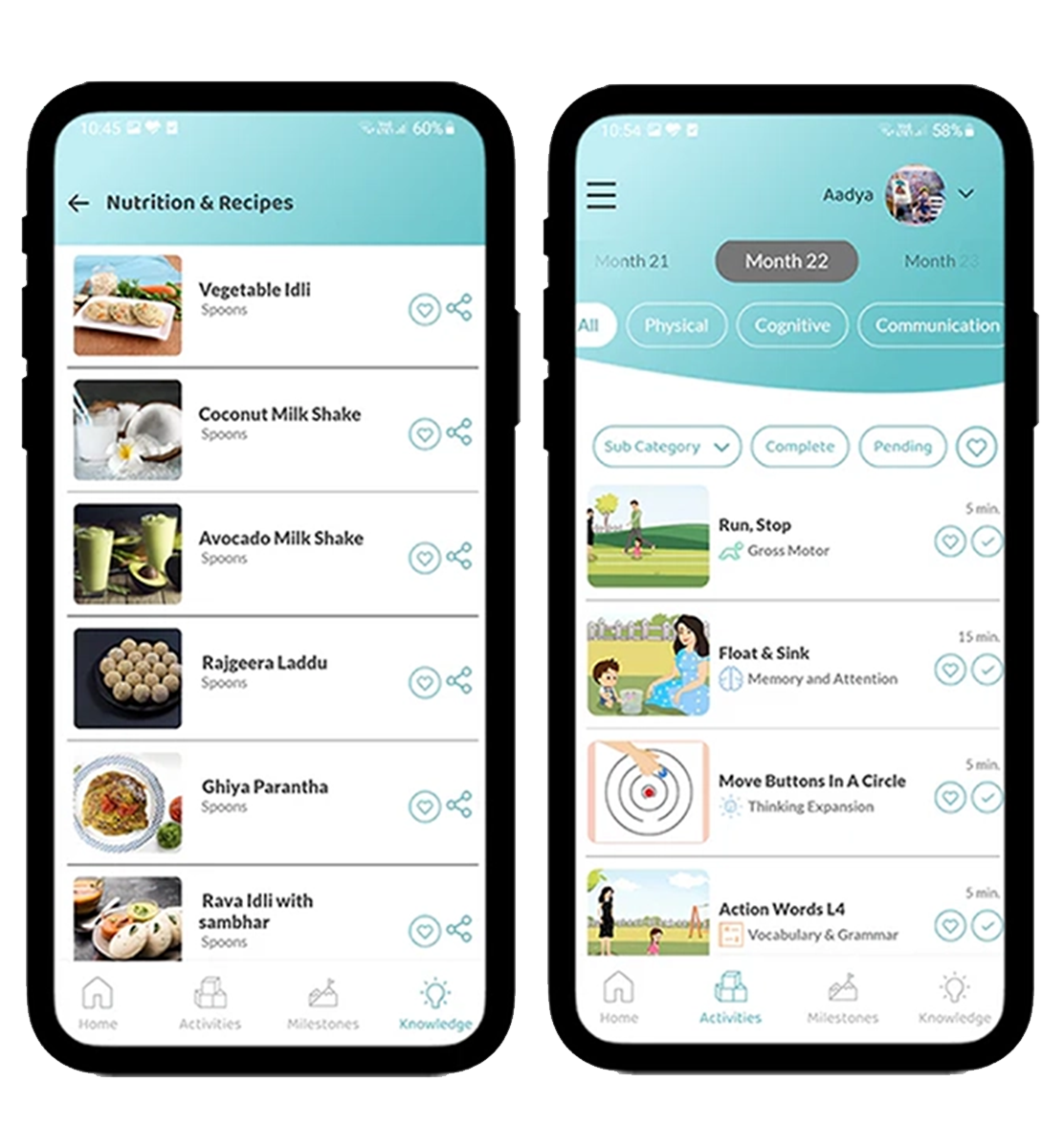
The platform bridges the gap in personalized healthcare by integrating wearables, medical teams, and educational resources. The client faced the challenge of fragmented data and communication between devices, services, and the medical team. The solution empowered users to monitor their health, connect with their medical teams, and make informed decisions about their well-being.
At Mindbowser, we understand that building wearable apps in healthcare isn’t just about great design or clean code—it’s about building secure, compliant, and clinically relevant tools that integrate smoothly into care workflows. Here’s how we help teams bring wearable health apps to life:
We’ve worked with startups and enterprises to build wearable-powered solutions for chronic care, rehabilitation, wellness, and RPM. From concept to deployment, our team supports every stage of development.
▪️Connect to devices like Dexcom, Apple Health, Fitbit, and Google Fit
▪️Sync wearable data to EHRs (Epic EHR, Cerner EHR, Athenahealth EHR) using FHIR or HL7
▪️Enable two-way flows between mobile, wearable, and provider dashboards
Our integration layer saves time and avoids common compatibility issues.
HealthConnect CoPilot is our healthcare integration accelerator that simplifies:
▪️FHIR-based APIs and HL7 handling
▪️SMART on FHIR and OAuth workflows
▪️Device SDKs and BLE integration
▪️HIPAA-compliant cloud scaffolding
This helps teams reduce development time while staying compliant from the ground up.
▪️HIPAA and SOC 2-ready cloud setup (AWS, GCP)
▪️End-to-end data encryption and role-based access control
▪️Built-in logs and alerts for audit readiness
We work with your compliance team to ensure every system is audit-safe and secure by design.
▪️Smart Rehab Module: Bluetooth-connected therapy bands with motion tracking, recovery scoring, and therapist dashboards
▪️RPM Platform: End-to-end remote patient monitoring app with real-time vitals, escalation alerts, and provider sync
▪️Chronic Care Companion App: Diabetes-focused app using Dexcom CGM data, medication tracking, and personalized nudges
We don’t just ship and walk away.
▪️Ongoing support for analytics dashboards, OTA updates, and app maintenance
▪️Performance monitoring, SDK versioning, and platform updates
▪️Assistance with regulatory documentation or Class I/II FDA submissions if needed

Building a wearable app in 2025 isn’t just about tracking data—it’s about solving real clinical problems. Whether it’s helping a diabetic patient stay within range, supporting an elderly parent living independently, or giving a care team early signals from remote vitals, the use cases are specific, measurable, and deeply human. And each one demands thoughtful product decisions, from selecting the right sensor to planning how that data fits into the care workflow.
At Mindbowser, we’ve seen what works and what doesn’t when it comes to wearable app development solutions. We know the technical and clinical details that turn ideas into outcomes. If you’re building something in this space, it’s worth getting the architecture and compliance right the first time. We’re here to help you do that.
Wearable apps are widely used in healthcare, fitness, wellness, insurance, sports, and clinical research. In healthcare alone, they support RPM, chronic care, mental health, and rehabilitation.
Costs typically start at $25,000 for a basic MVP. The final cost depends on features, number of devices supported, integration with EHRs or wearables, and compliance requirements like HIPAA or GDPR.
Yes. Using platforms like HealthConnect CoPilot, you can securely sync wearable data with EHRs such as Epic, Cerner, and Athenahealth via FHIR or HL7 APIs.
Most wearable apps take 3 to 6 months to go from idea to launch. Timelines vary based on device support, integration needs, regulatory steps, and design complexity.
They follow strict security practices including:
End-to-end encryption
▪️HIPAA/GDPR compliance
▪️Anonymization of sensitive data
▪️Audit logs and access controls
Choosing a certified cloud provider and building compliance into the system from day one is essential.

We worked with Mindbowser on a design sprint, and their team did an awesome job. They really helped us shape the look and feel of our web app and gave us a clean, thoughtful design that our build team could...
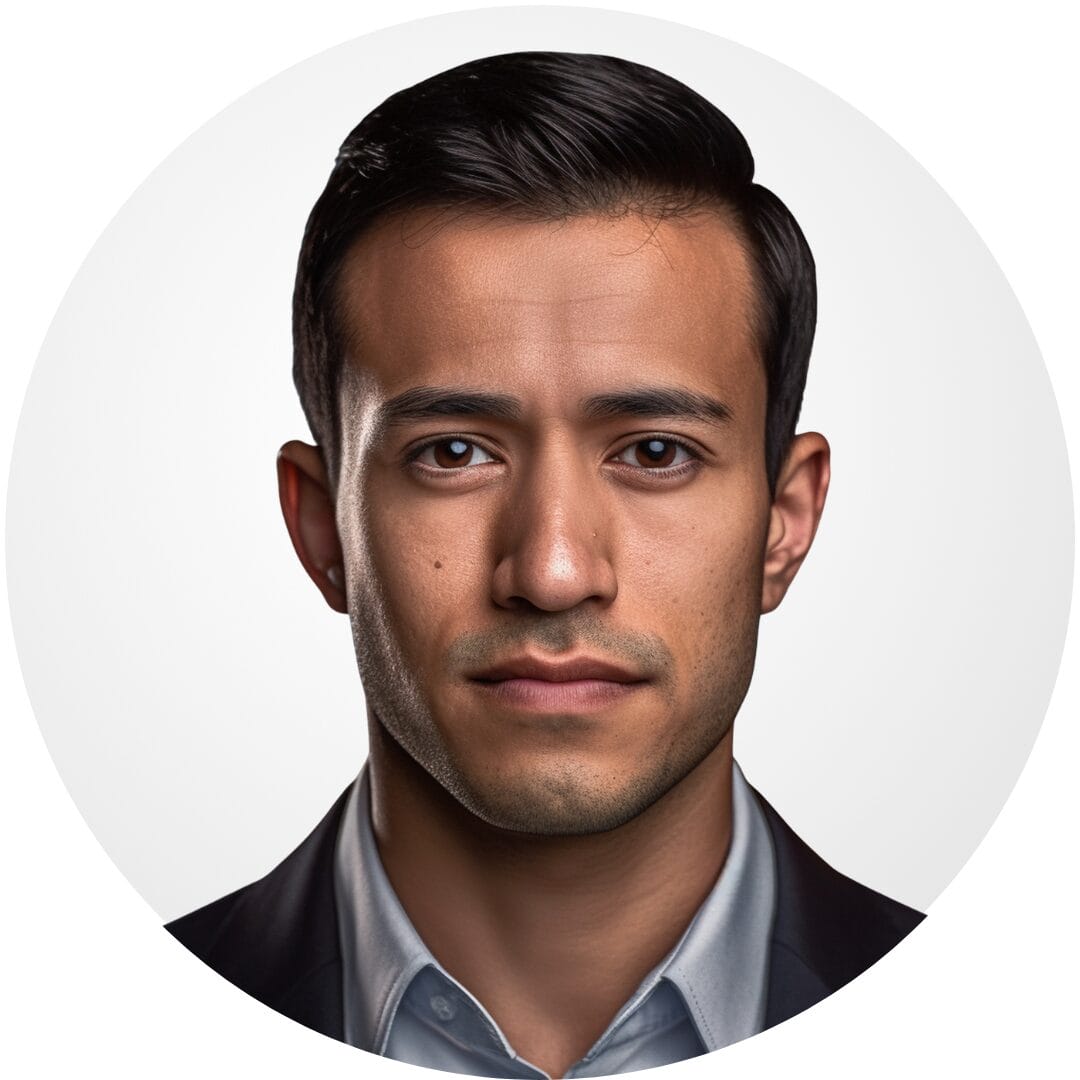

The team at Mindbowser was highly professional, patient, and collaborative throughout our engagement. They struck the right balance between offering guidance and taking direction, which made the development process smooth. Although our project wasn’t related to healthcare, we clearly benefited...

Founder, Texas Ranch Security

Mindbowser played a crucial role in helping us bring everything together into a unified, cohesive product. Their commitment to industry-standard coding practices made an enormous difference, allowing developers to seamlessly transition in and out of the project without any confusion....
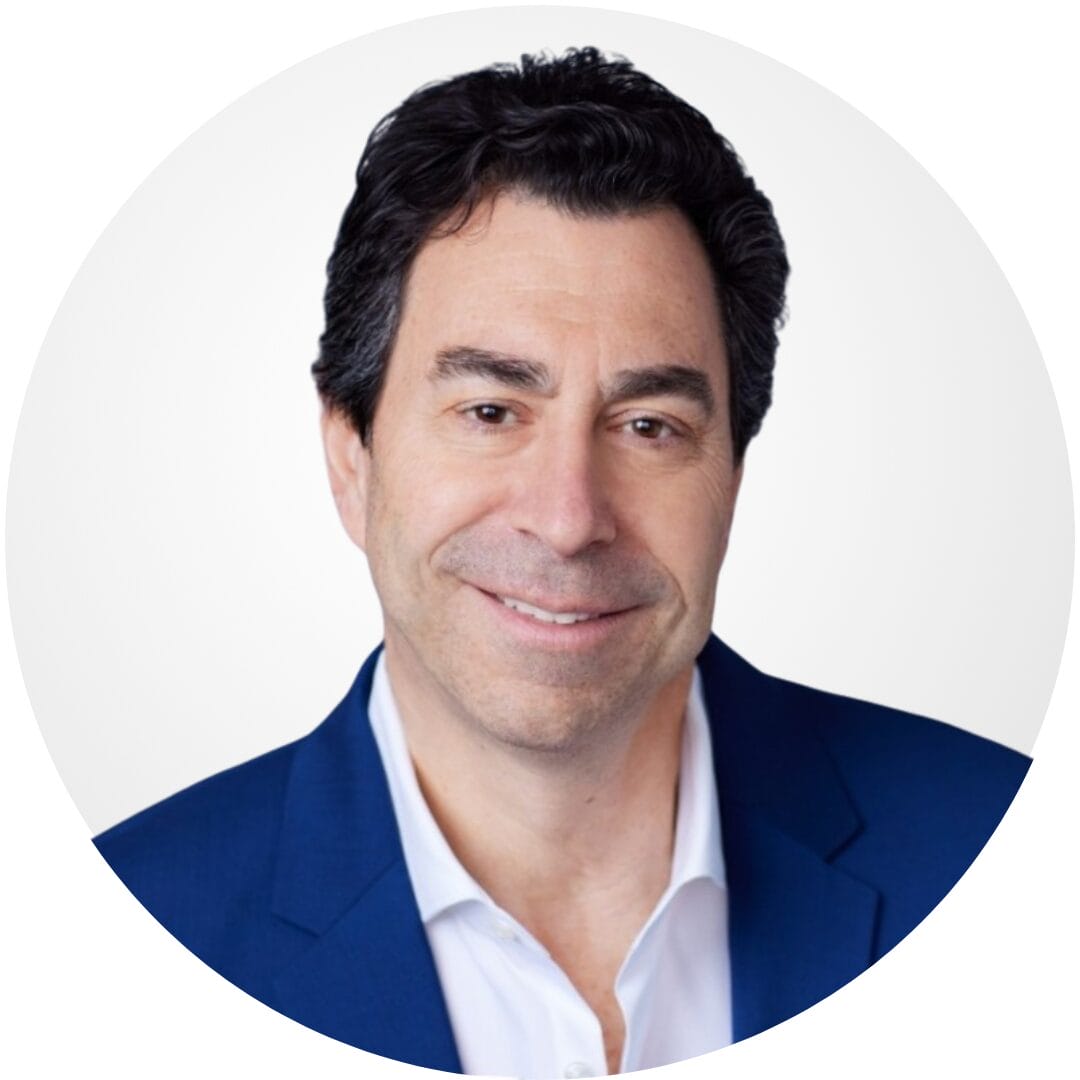
CEO, MarketsAI

I'm thrilled to be partnering with Mindbowser on our journey with TravelRite. The collaboration has been exceptional, and I’m truly grateful for the dedication and expertise the team has brought to the development process. Their commitment to our mission is...
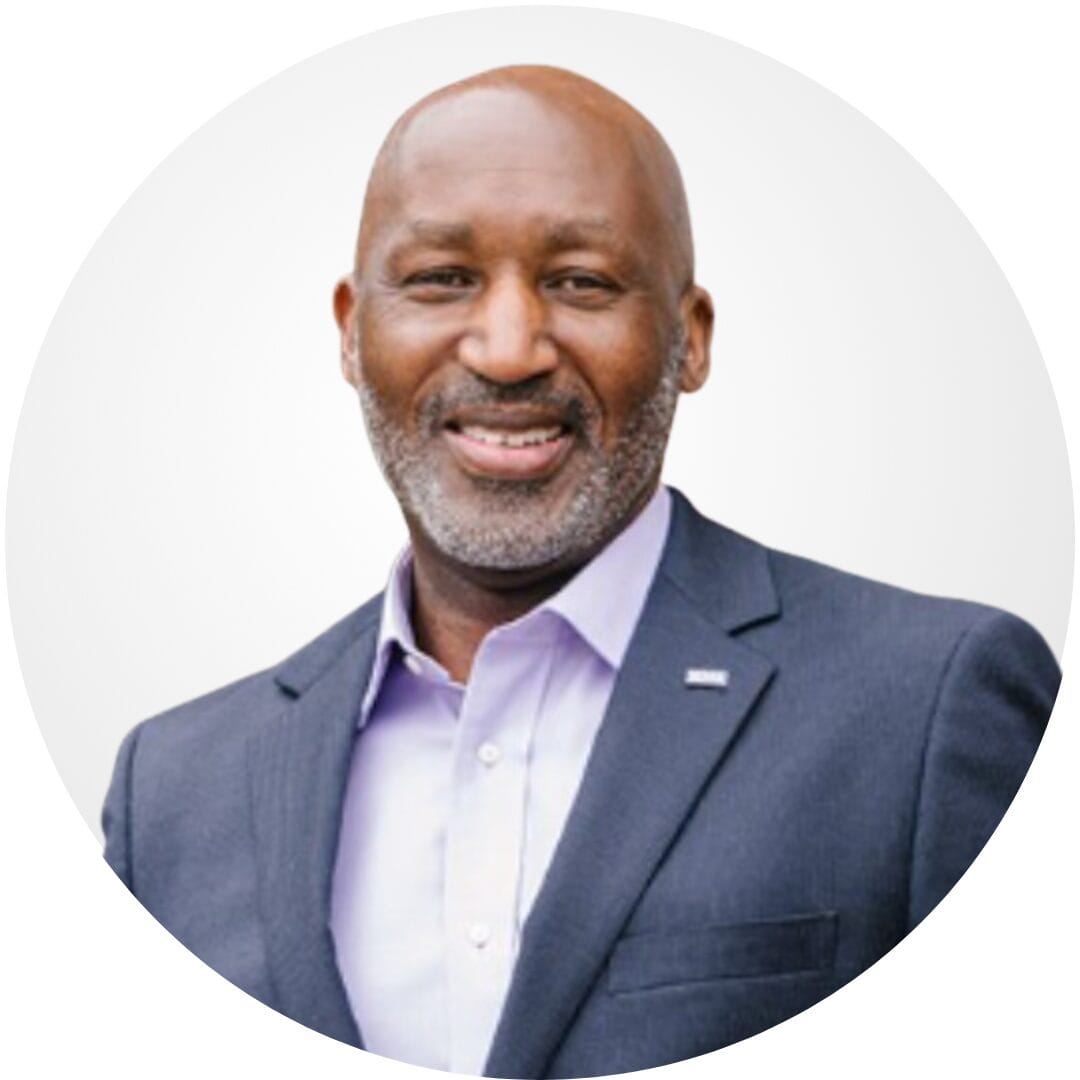
Founder & CEO, TravelRite

The Mindbowser team's professionalism consistently impressed me. Their commitment to quality shone through in every aspect of the project. They truly went the extra mile, ensuring they understood our needs perfectly and were always willing to invest the time to...

CTO, New Day Therapeutics

I collaborated with Mindbowser for several years on a complex SaaS platform project. They took over a partially completed project and successfully transformed it into a fully functional and robust platform. Throughout the entire process, the quality of their work...

President, E.B. Carlson

Mindbowser and team are professional, talented and very responsive. They got us through a challenging situation with our IOT product successfully. They will be our go to dev team going forward.

Founder, Cascada

Amazing team to work with. Very responsive and very skilled in both front and backend engineering. Looking forward to our next project together.

Co-Founder, Emerge

The team is great to work with. Very professional, on task, and efficient.

Founder, PeriopMD

I can not express enough how pleased we are with the whole team. From the first call and meeting, they took our vision and ran with it. Communication was easy and everyone was flexible to our schedule. I’m excited to...

Founder, Seeke

We had very close go live timeline and Mindbowser team got us live a month before.
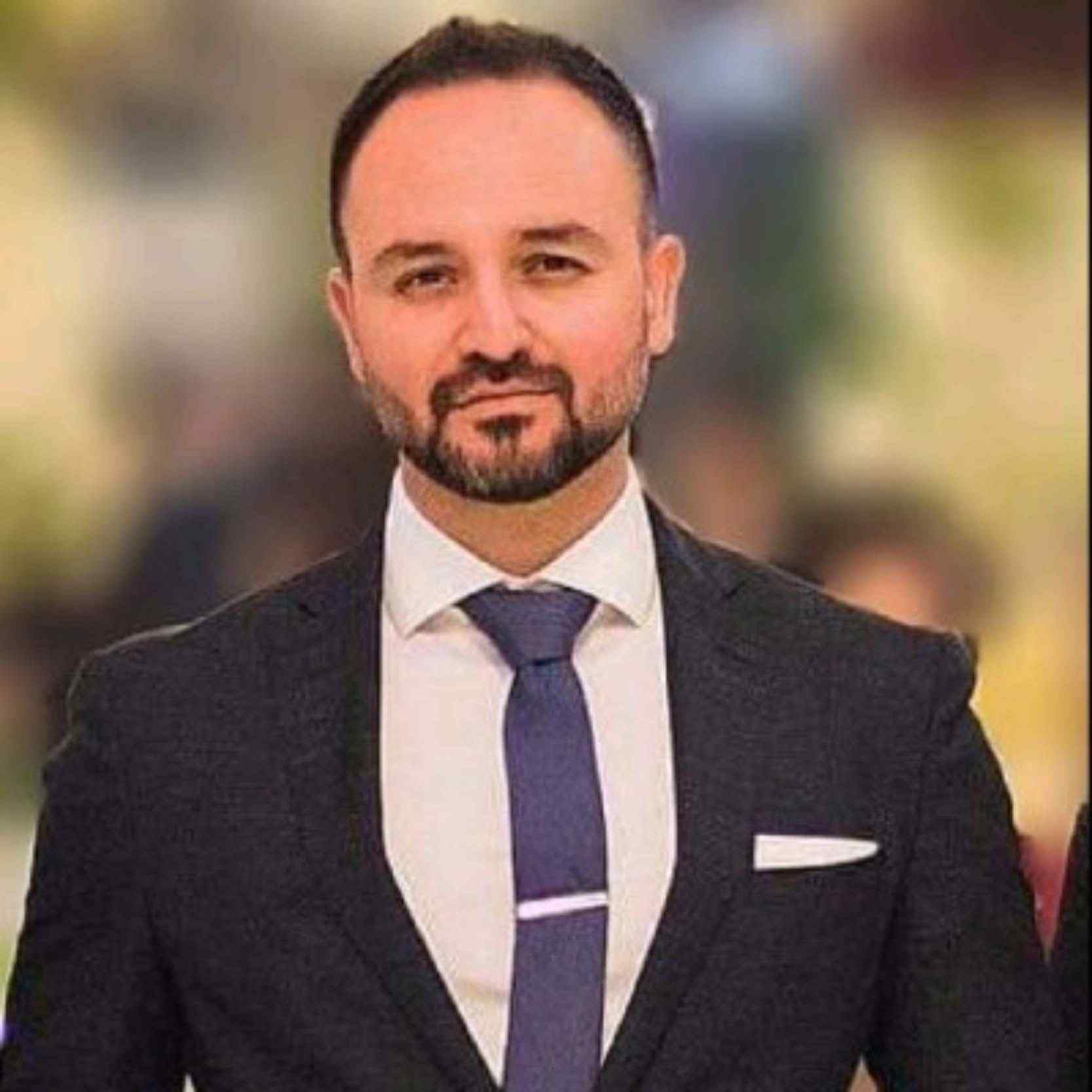
CEO, BuyNow WorldWide

Mindbowser brought in a team of skilled developers who were easy to work with and deeply committed to the project. If you're looking for reliable, high-quality development support, I’d absolutely recommend them.

Founder, Teach Reach

Mindbowser built both iOS and Android apps for Mindworks, that have stood the test of time. 5 years later they still function quite beautifully. Their team always met their objectives and I'm very happy with the end result. Thank you!

Founder, Mindworks

Mindbowser has delivered a much better quality product than our previous tech vendors. Our product is stable and passed Well Architected Framework Review from AWS.
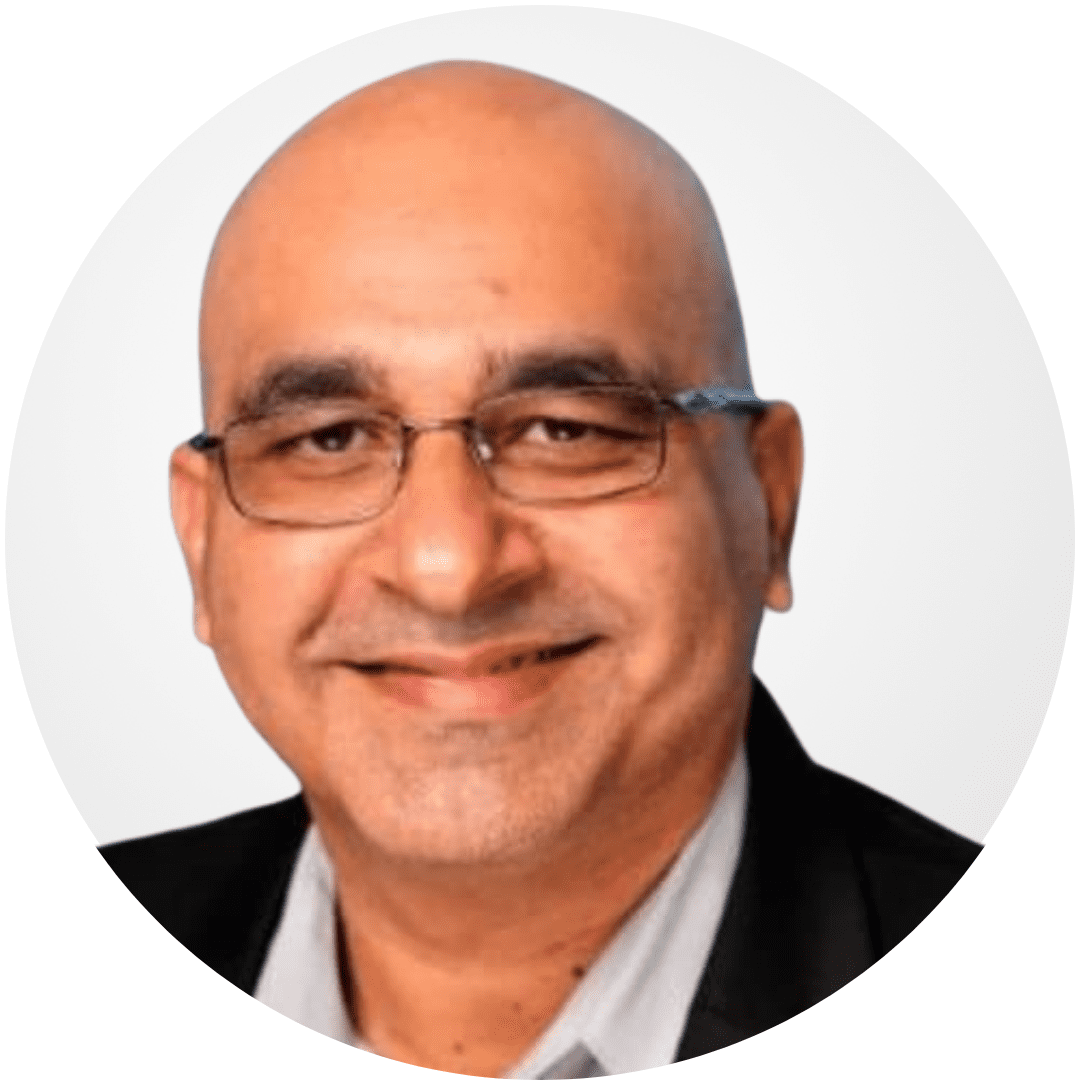
CEO, PurpleAnt

I am happy to share that we got USD 10k in cloud credits courtesy of our friends at Mindbowser. Thank you Pravin and Ayush, this means a lot to us.

CTO, Shortlist

Mindbowser is one of the reasons that our app is successful. These guys have been a great team.

Founder & CEO, MangoMirror

Kudos for all your hard work and diligence on the Telehealth platform project. You made it possible.
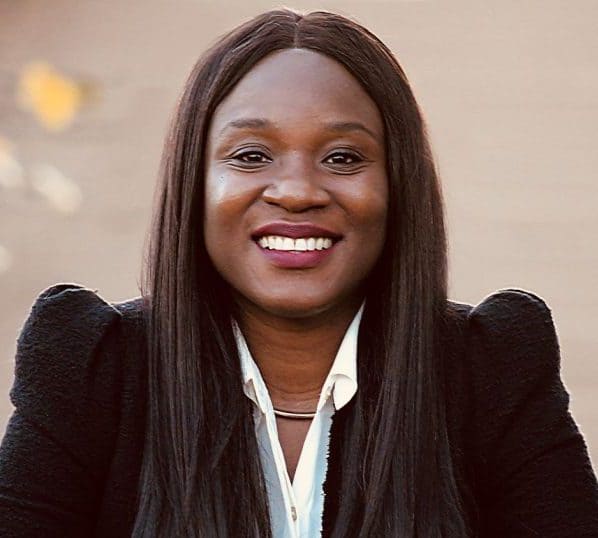
CEO, ThriveHealth

Mindbowser helped us build an awesome iOS app to bring balance to people’s lives.

CEO, SMILINGMIND

They were a very responsive team! Extremely easy to communicate and work with!

Founder & CEO, TotTech

We’ve had very little-to-no hiccups at all—it’s been a really pleasurable experience.

Co-Founder, TEAM8s

Mindbowser was very helpful with explaining the development process and started quickly on the project.

Executive Director of Product Development, Innovation Lab

The greatest benefit we got from Mindbowser is the expertise. Their team has developed apps in all different industries with all types of social proofs.

Co-Founder, Vesica

Mindbowser is professional, efficient and thorough.

Consultant, XPRIZE

Very committed, they create beautiful apps and are very benevolent. They have brilliant Ideas.

Founder, S.T.A.R.S of Wellness

Mindbowser was great; they listened to us a lot and helped us hone in on the actual idea of the app. They had put together fantastic wireframes for us.

Co-Founder, Flat Earth

Mindbowser was incredibly responsive and understood exactly what I needed. They matched me with the perfect team member who not only grasped my vision but executed it flawlessly. The entire experience felt collaborative, efficient, and truly aligned with my goals.

Founder, Child Life On Call

The team from Mindbowser stayed on task, asked the right questions, and completed the required tasks in a timely fashion! Strong work team!
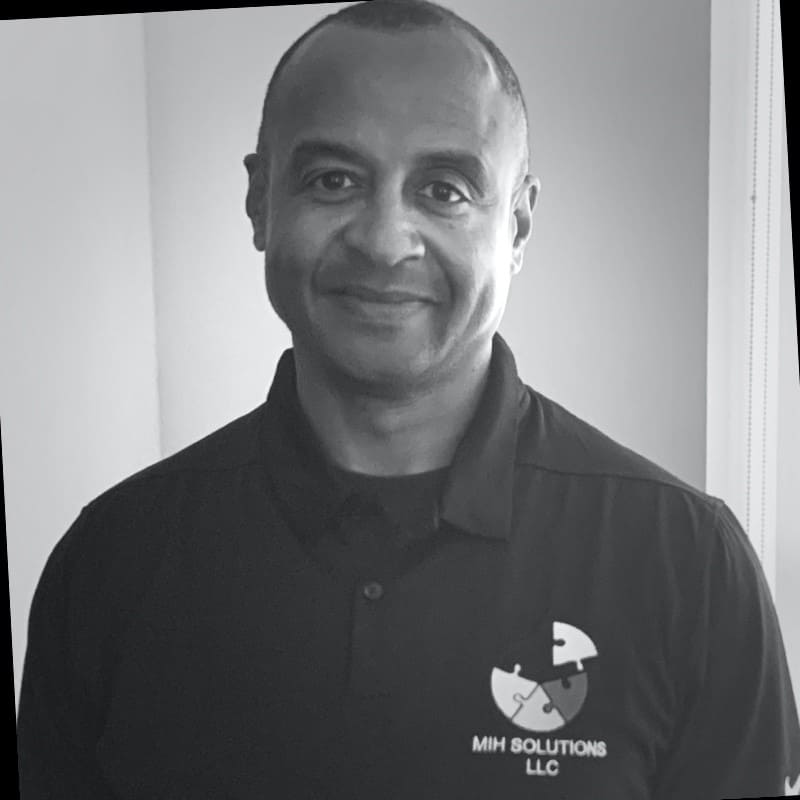
CEO, SDOH2Health LLC

Mindbowser was easy to work with and hit the ground running, immediately feeling like part of our team.

CEO, Stealth Startup

Mindbowser was an excellent partner in developing my fitness app. They were patient, attentive, & understood my business needs. The end product exceeded my expectations. Thrilled to share it globally.

Owner, Phalanx

Mindbowser's expertise in tech, process & mobile development made them our choice for our app. The team was dedicated to the process & delivered high-quality features on time. They also gave valuable industry advice. Highly recommend them for app development...

Co-Founder, Fox&Fork
